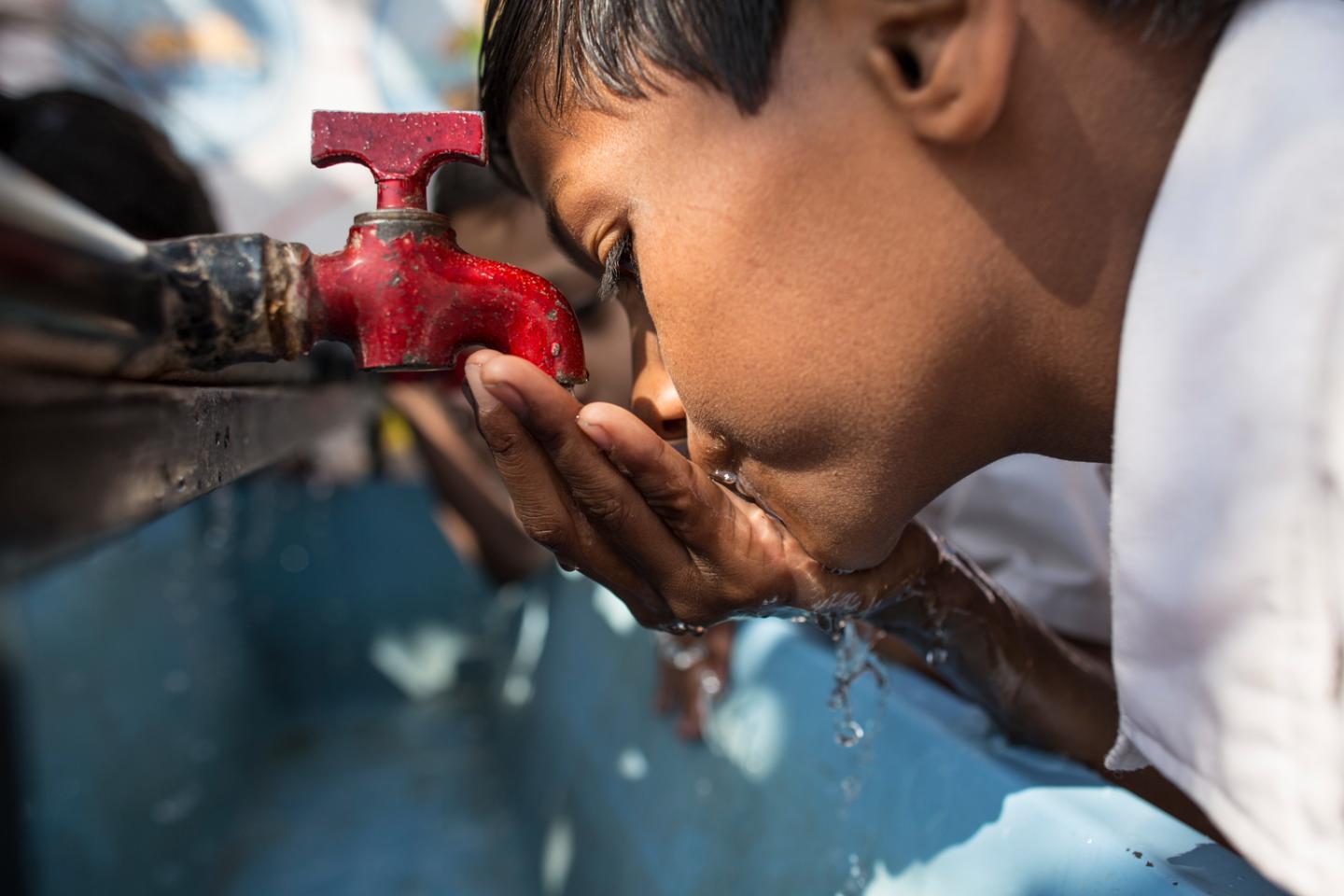Tashigang, a picturesque tiny village in Himachal Pradesh and the highest point in the Spiti Valley, is located in the Sutlej River valley close to the India-Tibet border. The community, which is perched at a height of 15,256 feet, has barely over four dwellings and a tiny population of six families and about 40 individuals overall.
The fact that Tashigang is the world’s highest voting station is even more astounding. A few days ago, the Himachal government has succeeded in establishing operational household tap connections under Jal Jeevan Mission to the Tashigang community.
But the biggest concern raised by the tribal people is whether water would still be provided during the winter or whether the pipes will freeze, creating a major issue with tap water.
Allocation of JJM Fund
According to a state government announcement, the Jal Jeevan Mission’s aim of 93.55% was met by the state government in regards to the provision of functional household taps connections (FHTC) in Una, Chamba, Kinnaur, and Lahaul-Spiti.
Under Jal Jeevan Mission, 15 programmes totalling Rs. 196 crores are being carried out in the Una district. According to the authorities, the Jal Jeevan Mission has completely met its goal of installing functioning tap connections in each of the district’s 1,15,949 homes.
265 programmes totalling Rs. 420 crores are being carried out in the Chamba district, which is an NITI Aayog aspirational area. The tribal divisions Pangi and Bharmour are also included in this. By establishing functional tap connections in all 1,21,752 of the district’s households, the goal of 100 percent coverage has been reached.
In the Kinnaur district, 411 settlements with 22,763 homes have access to water. And lastly in the Lahaul – Spiti district, 364 settlements with 7284 houses have been delivered with water service.
Improvement in lifestyle
According to a government-hired inspection organization, the Himachal government also offers its inhabitants the best drinkable water in terms of quantity and quality. Due to people receiving better-quality water supplies, which has raised their standard of living and made them more prosperous.
In the past, villages would spend a lot of time travelling great distances to get water from remote natural sources. They now obtain it from tap water, saving people’s time, which they are now employing to make a living. Women of the state are now dedicating their time by working in the fields. Thus, this small step has resulted in social transformation.
